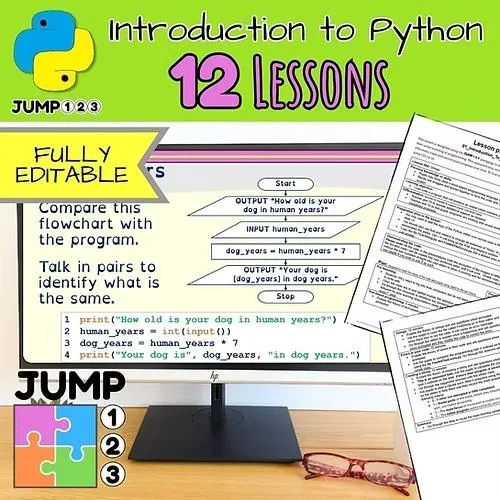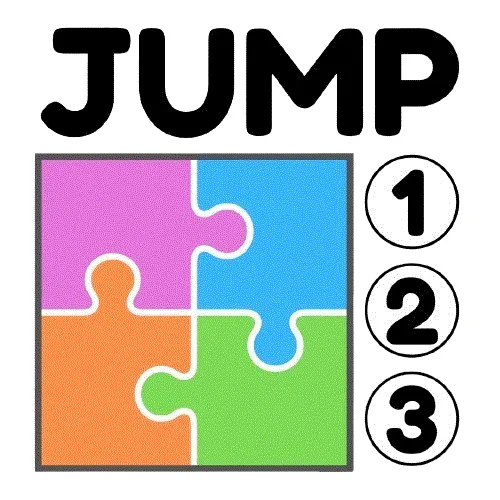The 123 Programming Assessment Method
The 123 method offers a simple, efficient and effective way to assess small programming tasks in the classroom.
The challenge of assessing programming skills
Assessing programming skills in computer science lessons can be challenging, especially when it comes to smaller, practice-oriented tasks. These tasks are essential for embedding new skills but are often overlooked. Teachers need a consistent, efficient method to evaluate these programs, which ensures students receive valuable feedback on their progress.

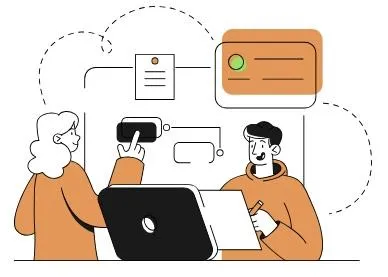
Why formative assessment matters
Should smaller programming tasks be formatively assessed? Absolutely. Formative assessment offers students insight into their understanding, helps identify learning gaps and motivates them by acknowledging their efforts. This is crucial, especially when students are just beginning to learn programming and need continuous feedback to improve.
Introducing the 123 method: a simple solution
The 123 method is designed to address the challenges of consistent formative assessment in programming lessons. This method is not only easy for students to understand but also quick to implement for teachers. It provides a clear, consistent grading system that tracks student progress over time, making teaching programming in schools more efficient.
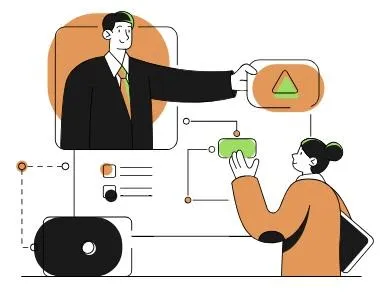
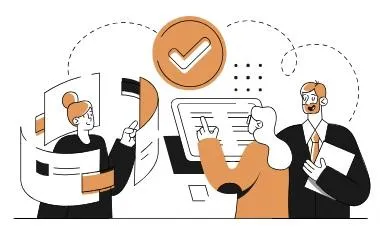
The power of peer assessment
Peer assessment is a key feature of the 123 method. It saves teachers time and allows students to learn by evaluating their peers' work. This process is quick, taking just a few minutes and provides clear, consistent grades for each student. It also encourages students to engage with the material more deeply by seeing how others approach the same problem.
Efficient feedback with the 123 assessment method
With the 123 method, only one task per lesson is formally assessed, while others receive verbal feedback. This ensures students remain engaged throughout the lesson and receive immediate recognition for their work. The structured criteria for peer assessment ensure that feedback is meaningful and consistent, making programming lessons more effective.

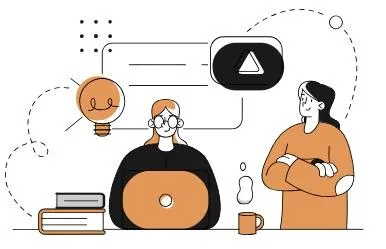
Tracking progress over time
The 123 assessment method not only simplifies assessment but also allows teachers to track student progress over time. For instance, if a student consistently scores 1, it’s a clear indication that they have mastered the foundational skills. If they usually score 2 they are showing coding ability in the new skills learnt in that lesson. And if they score 3’s they have mastered those new skills. This method provides a straightforward way to celebrate student success and ensure that each student is advancing in their programming abilities.
Download an entire free lesson
Grab your copy of a free Python lesson to see JUMP123 pedagogy and assessment methodology for yourself.
Download your FREE guide
Grab your copy of the free quick guide to JUMP123 which includes the JUMP pedagogy and the 123 assessment method below:
Buy ready to use teaching resources
This set of 12 fully editable lessons uses the JUMP123 methodology, designed to make Python lessons both interactive and effective. The structure, based on proven educational psychology, reduces cognitive load for students, helping them master Python more efficiently.
This dynamic intermediate Python unit includes 8 ready-to-use lessons and builds on the skills learnt in the Introduction to Python unit. It focusses more on empowering students to become more confident, capable programmers with enhanced problem-solving abilities.
FREE DOWNLOAD
Transform Your Python Teaching: Get 6 FREE JUMP123 Lessons Today!
Revolutionise the way you teach Python programming with these 6 complete JUMP123 lessons.
Designed to simplify complex concepts and captivate your students, they will save hours of preparation time.
Subscribe now and unlock your free resources – because teaching should be inspiring, not exhausting!


